Something that is on most people’s minds is chocolate. And, if you know, Peruvian Chocolate is one of the best in the world, if not the best. Did you know that the cacao bean has been cultivated in South America for 5,000 years, and ancient civilizations consumed hot chocolate on cold winter nights? That’s right, this historic ingredient has its history in South America. And Peru is not exempt from this wonderful delight. Especially, the Cacao that grows in the Amazon of Cusco. Therefore, together with the experts from Machu Travel Peru, we have prepared a small article about chocolate in Peru. Also, you will find here its history, zone of production, and health benefits among other important facts. We encourage you to take a look.
Everything you need to know about Peru Chocolate
- Peruvian chocolate
- Why it is so special
- History
- Production
- Benefits
- Uses
- Types
- 6 best Peru chocolate
- Chocomuseo
- Workshops
- Eco responsibility
Peruvian Chocolate
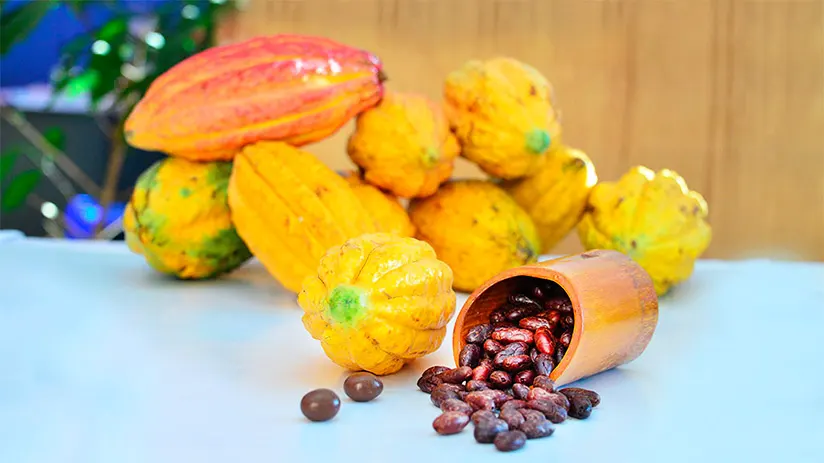
Cacao grows as seeds in some tropical evergreen cacao trees in the middle of the South American Amazon. Trees are friendly to the environment as they provide shade and protect the soil, favoring grain production. These trees have their origin in the Amazon, very close to the big South American cultures. The preparation method consists of different techniques, adding sugar and milk. And thus remove the bitterness and give it a sweeter taste.
Why it is so special
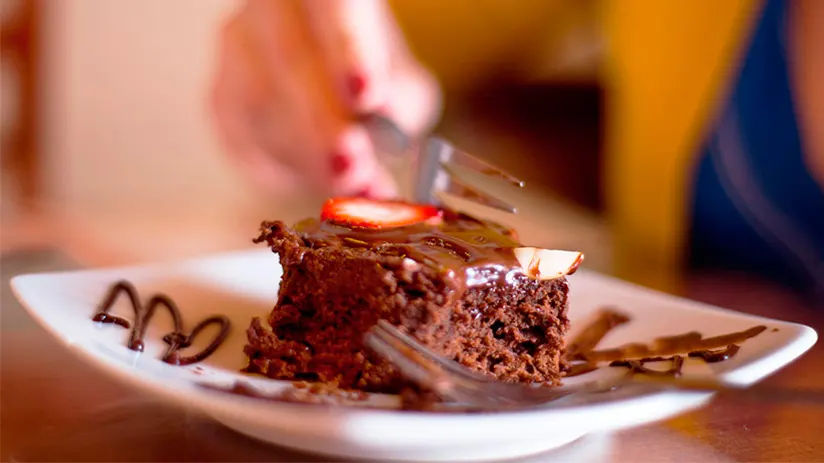
While it is true that Africa produces the largest amount of Cocoa in the world, only 1% is organic. And organic means better tasting with a natural growth process. In this sense, Peru is responsible for 36% of the world’s cacao production, In addition, 75% of Peru’s production is organic cocoa! Without mentioning that 60% of worldwide cacao varieties are native to Peru! Simply amazing.
Therefore the Peruvian cacao bean is majority fine with high flavors, intense colors, fruit aromas, and organic processes of cultivation. But, how do you know if chocolate is quality? Cut a piece of chocolate from a Peruvian poop bar. Put it on your tongue, close your mouth, and hold your nose. When the chocolate is melted on your tongue, unblock your nose. You will experience unique fruity and earthy flavors. In addition to soft and bitter aromas. You can use a cleanser such as a glass of water. This way, you will see why Peruvian Chocolate is so special.
History
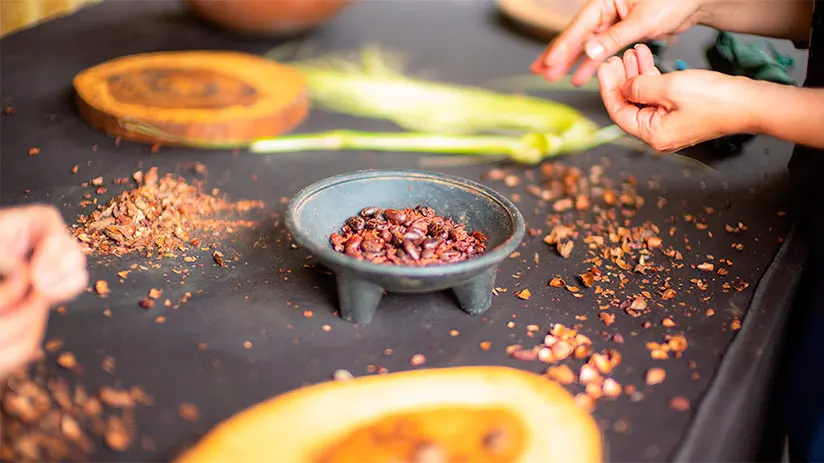
Peru is a wonderful place to visit, especially if you are a Chocolate lover. Chocolate has been a part of daily life in Peru for centuries, even since Inca times. Thus, it is not surprising that Peru Chocolate is recognized as one of the most delicious in the world. It is due to its long history of production improvement.
A. Its origins in South America
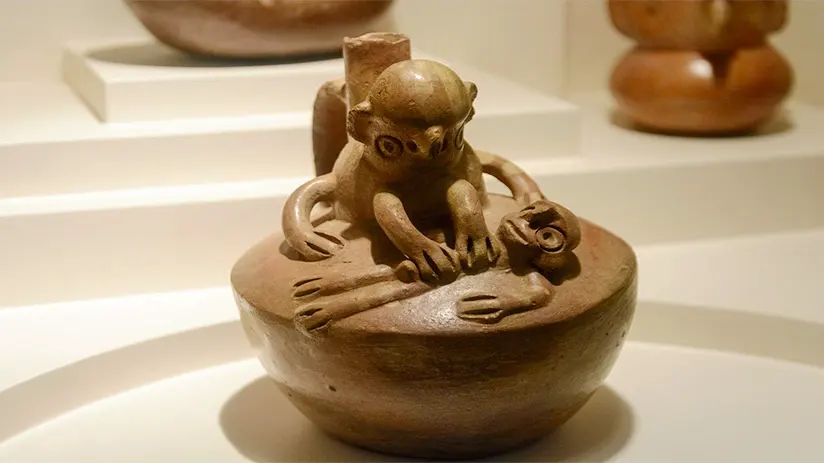
Chocolate is native to the rainforests of South America. To be more specific in Peru, Ecuador, and Colombia. There is an endless debate about where the true origin of Cacao is situated. Some believe that it grew at the same time in Central America. However numerous paleobotanical and phylogenetic investigations contradict these mentions. The results and solid evidence indicate that Chocolate originated in the Amazon basin 5,300 years ago. In fact, indigenous communities in the Amazon rainforest have been cultivating Chocolate for more than 5,000 years. In the case of Peru, it was the Incas and their predecessors who grew cacao. The Incas transformed Peruvian Chocolate into an infusion considered medicinal and ritualistic.
B. The arrival in Central America
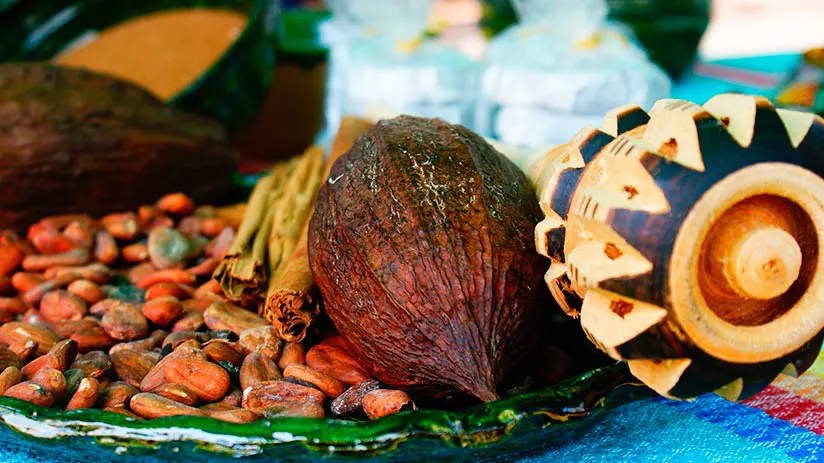
Later, around 3,000 B.C. It was taken to Mexico, where it was cultivated for thousands of years. For the Mayan and Aztec cultures, Chocolate was a fundamental part of their daily life. Even, both cultures believed that their gods had given them chocolate. According to the Mayans, a feathered serpent god known as Kukulkan gave them chocolate seeds. While the Aztecs considered this same deity as the serpent god Quetzalcoatl. But despite having its origins in South America, Mexico gave it its current name. Chocolate’s name comes from the Aztec word XOCOLÄTL. This word is a mixture of the word XOCOC which means Sour and ATL which translates to drink. The seed used to become a bitter-tasting drink used in numerous rituals and festivals. But this was not the only use of cacao, it is recorded that the Aztecs used Chocolate seeds as currency.
C. Arrival in Europe
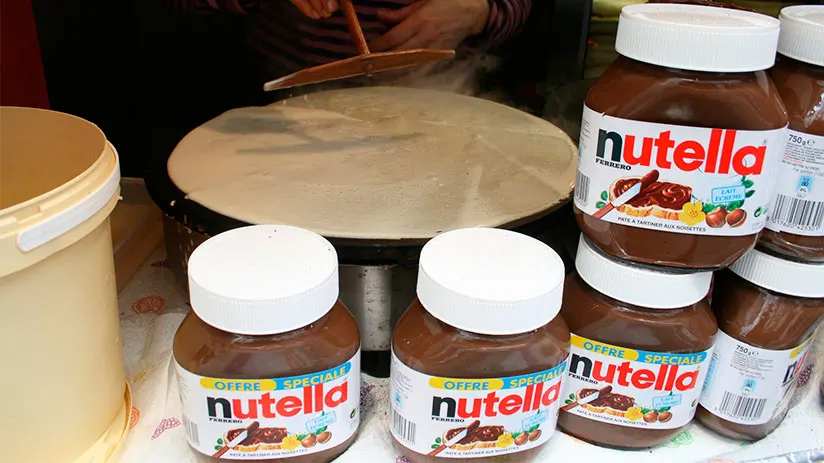
The real reason many people believe that Chocolate originated in Mexico is that it was there that the Spanish first encountered it. In 1519 the Spanish had the opportunity to taste this delicious delicacy in its presentation of Chocolate infusion. They thought it was an unpleasant and bitter drink. But they couldn’t deny its medicinal and aphrodisiac effects. Later, they added sugar to make it more palatable. Conequently they were so enamored with chocolate that they began to send it to Europe. So they did not hesitate to take this magical ingredient to Spain and, consequently, to the rest of Europe.
Production
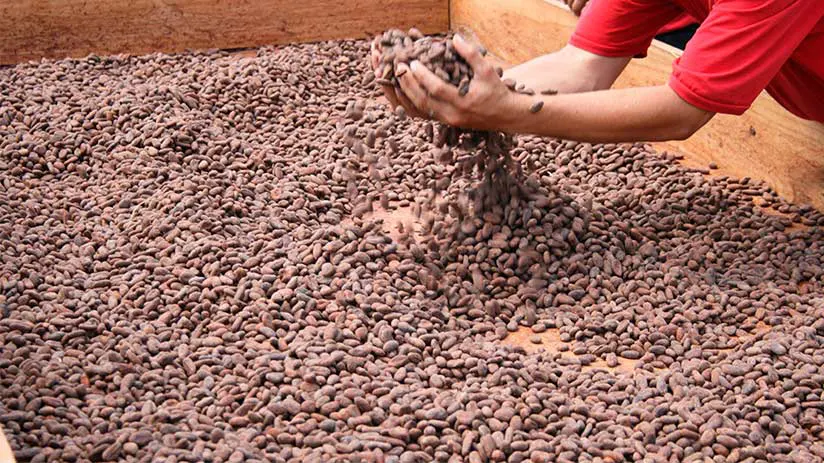
In Peru, there is the main harvest and a mid-harvest season.
- The main season for growing and harvesting occurs between April and August. In this sense, most of the Cacao grows during this main season.
- While the mid-growing season in Peru occurs between October and November. Even though the growing and harvesting season is limited to a part of the year. Cacao care is a year-round effort.
Both producers and local workers tend the trees, harvest the ears by hand, and process the beans into Chocolate. All to finalize the packaging and sale of the product to be part of the repertoire of world cuisine and Peruvian gastronomy. According to studies, approximately 50,000 Peruvians work in the Cacao industry. The majority of these live in the Amazon basin in Cusco, Puno, and the central jungle.
Cacao production steps:
- Collect the cacao pods.
- Extract the beans covered with white pulp.
- Fermentation.
- Cleaning.
- Roasting the beans.
- Winnowing to extract the cacao beans.
- Grind the nibs to obtain a paste with sugar and/or milk.
- Tempering.
- Shaping and filling.
- Cooling.
- Cut into bars for wrapping.
- Sampling and sale.
Harvest zones
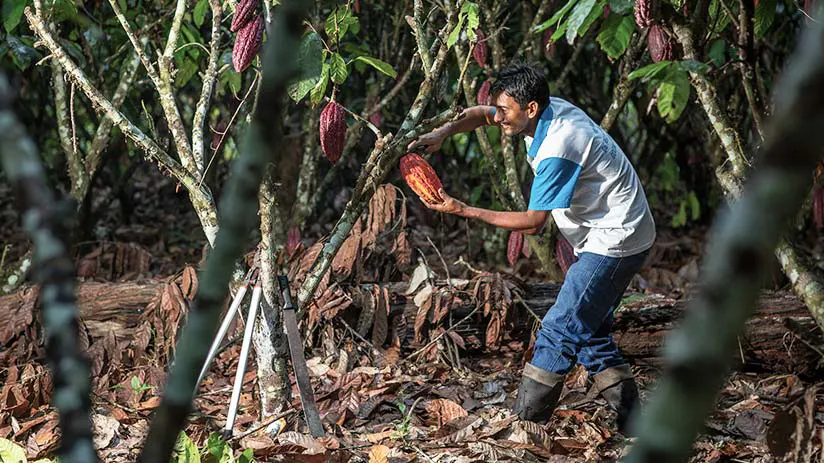
Peruvian chocolate is known worldwide for its high quality, variety, and large history. 60% of the world’s cacao production comes from its Amazon basin.
| Amazon Rainforest | Andean Foothills |
| Cusco | |
| San Martin | Ayacucho |
| Junin | |
| Ucayali | Huánuco |
| Cajamarca |
In addition, it grows along the north coast of Tumbes and Piura, Peruvian north cities.
Benefits
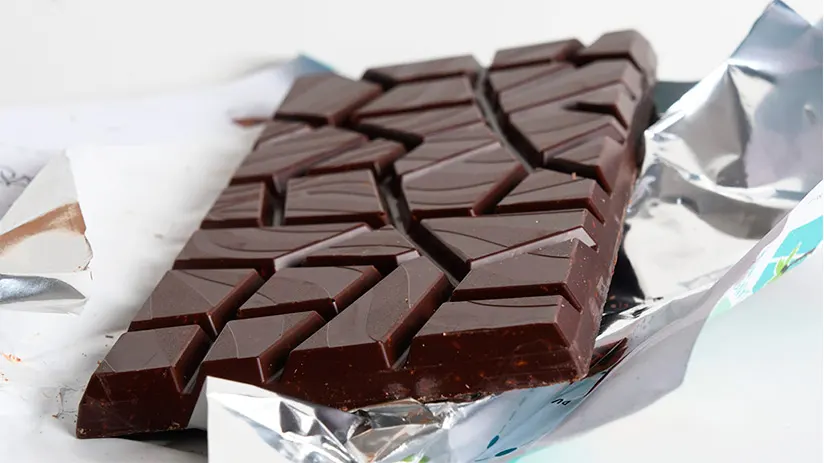
Peruvian Chocolate is delicious as well as healthy. The nutritionists consider it one of the many Peruvian Superfoods. However, it is in its raw form where these benefits are most apparent. Whether in whole cocoa or cocoa powder, you will find the following benefits:
- Foremost, proteins and fibers, that aid digestion and muscle development, complete the nutrition diet of chocolate.
- Second, it has trace elements like Potassium and Magnesium. These help neurological and metabolic function.
- But perhaps most notable are its mood-enhancing properties. Thanks to its high content of theobromine and phenylethylamine, that improves mood and increases energy levels.
Also, a good dark chocolate bar can provide a wealth of antioxidants, minerals, and other bioactive compounds. But keep in mind that the benefits of Cacao decrease notably with its processing. When additives like sugar and milk are added, cacao can be more of a candy than a superfood.
Uses
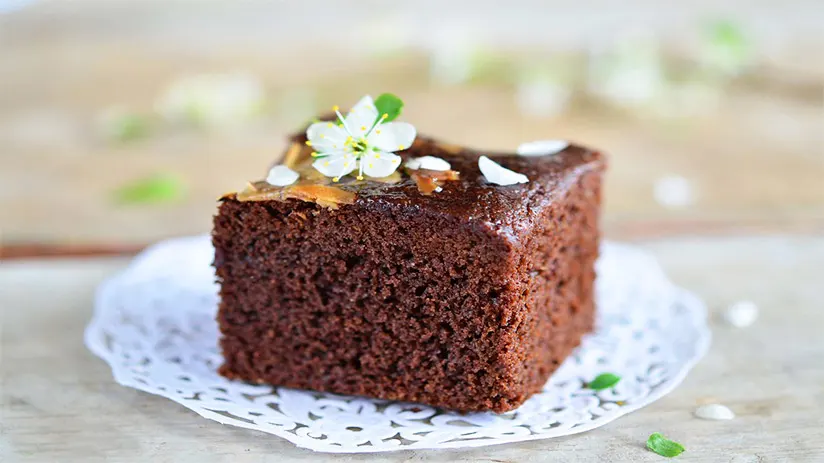
In this sense, the millennial inhabitants of the Peruvian Amazon and those from the high Amazon jungle began to consume it in the form of a foamy drink with religious and medicinal purposes (1,400 BC). Ground cocoa beans, fruit juice, spices, and medicinal plants (some psychoactive) were present in the cocoa foamy drink.
Today, the consumption of chocolate is widespread in Peruvian cuisine and in its most representative desserts such as:
- Chocotejas: They are chocolates filled with Manjar Blanco and nuts, traditional from the department of Ica (South of Lima).
- Cacao tea: These are ground and roasted dry cocoa shells and left to soak in boiling water. It is taken like any tea.
- Chocolate cake: The chocolate cake that everyone knows, moist, fluffy, loving with raisins or other dried fruit.
- Hot chocolate drink: This is melted chocolate, which is mixed with boiling water, fresh milk, and a little sugar. The result is a frothy and hot drink, perfect for those cold days.
Types
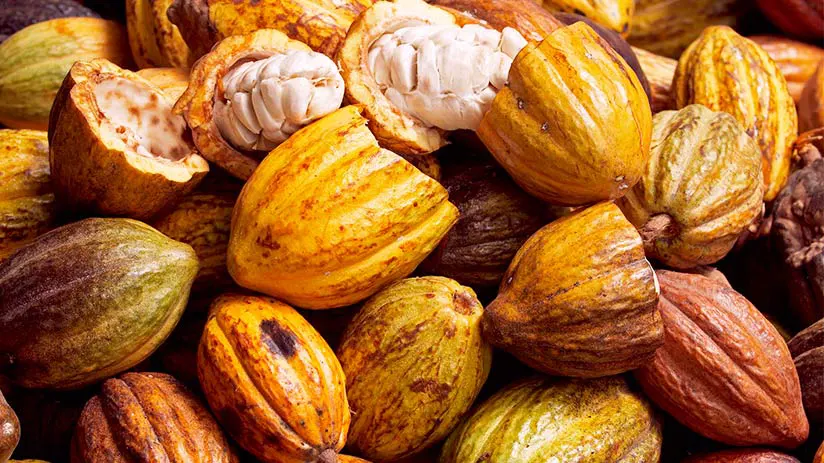
The cacao seed encounters different soils and climates in many Peruvian natural regions cacao is one of the things that distinguish Peru. Consequently, these conditions create an incomparable series of distinctive flavors and aromas. For this reason, chocolate in Peru can be classified into three main varieties. These are the Creole, Trinitario, and Forastero, ranging from the most aromatic to the most bitter.
1. Criollo
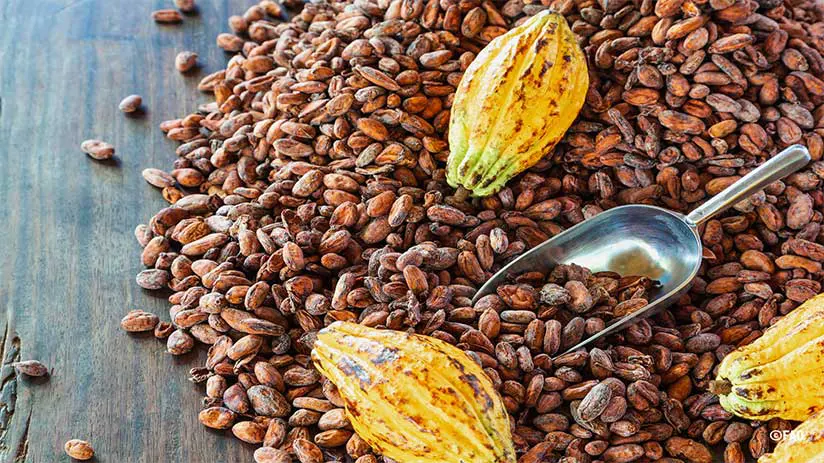
This is the most popular type of cacao seed in the country. It is even one of the most demanded worldwide and used in gourmet chocolatiers. Nicknamed the King of Cacao, these beans contain a high-fat content and a better quality of flavor and aroma. It is a cocoa with fruity aromas with notes of nuts and is slightly bitter, but refined. Creole often has caramel, nutty, vanilla, and tobacco flavor tones. It is a fairly rare bean and only accounts for 5% of the world’s cacao production. Besides Peru, Mexico and Guatemala cultivate it. Also Nicaragua, but in small quantities. In addition, Venezuela, Colombia, Caribbean islands, Trinidad, Jamaica, and the island of Grenada produce it. Also, outside of South America, Madagascar, Java, and the Comoro Islands have a good quality of Chocolate.
2. Forastero
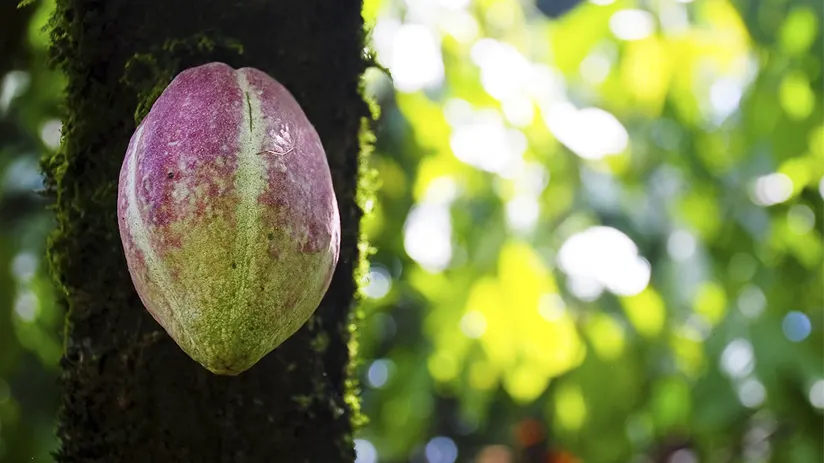
The Forastero Cacao, also known as Amazon Foreign, is the most common Cacao in the world. This variety represents around 80% of all world chocolate production. The Forastero is native to the Amazon. And has a characteristic sour, bitter and chocolatey flavor, with an aroma without finesse and little fruit flavor. Consequently, it does not have those finer subtleties characteristic of Cacao Criollo. Also, Venezuela, Ecuador, Colombia, Brazil, Ivory Coast, Ghana, Cameroon, Costa Rica, Sao Tome, and some plantations in Southeast Asia cultivate it. Most of the Chocolate you have ever consumed would be likely of the Forastero variety.
3. Trinitario
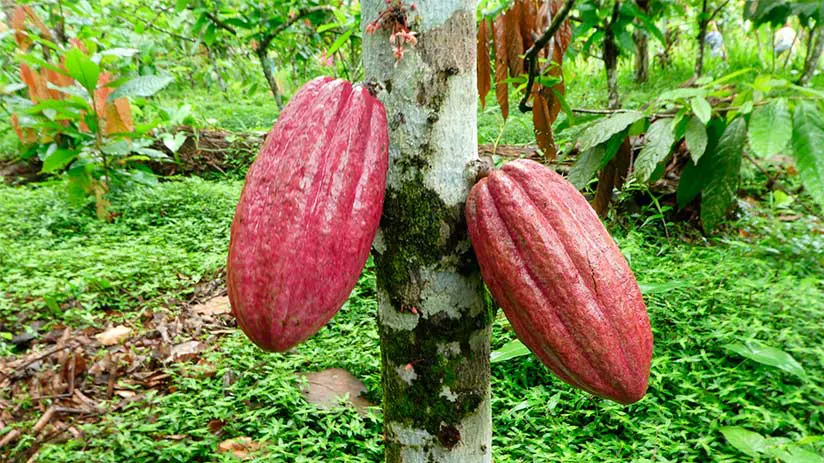
This variety of cacao is a hybrid variety. And is the result of a cross between Cacao Criollo and Cacao Forastero. It is originally from Trinidad & Tobago, hence its name. This variety of Cacao represents only 12% of all the chocolate produced in the world. It is much more resistant to diseases and has a much more subtle flavor. It contains a wide range of flavors, and aromas and lingers on the palate. Flavors of hay, honey oak, apple, and melon can be appreciated. In addition to Peru, Trinidad, Java, Sri Lanka, Papua-New Guinea, Cameroon, and Venezuela, under the name Carenero Superior, produce it.
6 best Peru chocolate
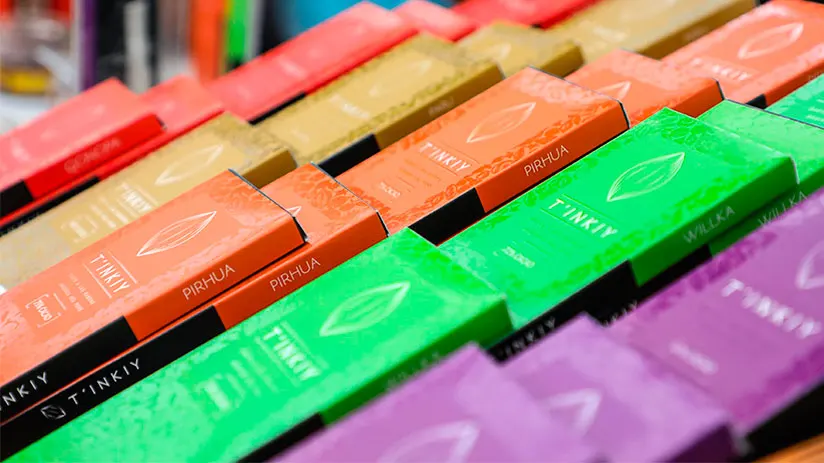
There are countless brands of Peruvian Chocolate to taste. You can find small family farms that sell crafts Chocolate bars to boxes of truffles available in all markets in Cusco and all of Peru. And here we have listed some of the most popular brands that you can find in the Andean Country and the most popular markets around the world.
A. Cacaosuyo
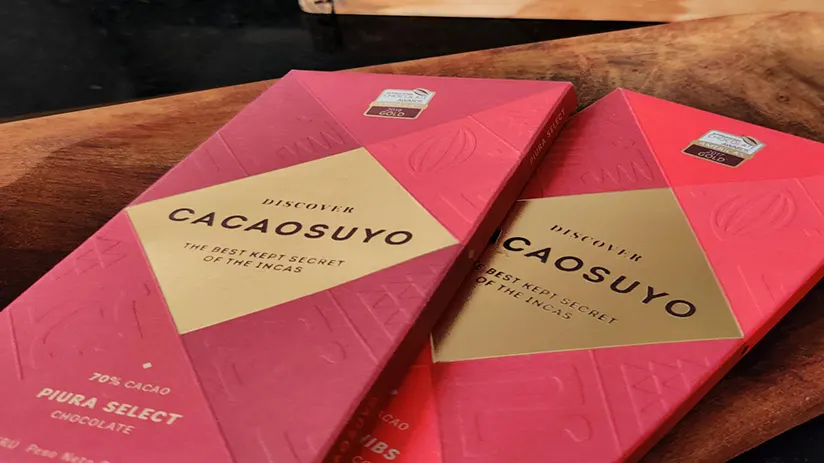
The four-time winner in the International Chocolate Awards, Cacaosuyo produces pure Cacao bars in the three main areas of Peru. The Piura region on the Peruvian north coast, the Cusco region in the Andes, and the Amazon Rainforest. This delicious chocolate bar has a wide variety of flavor notes. These can range from fruit flavors to honey and herb flavors. It all depends on the growing region. You will be able to enjoy bars of 70% and 80% dark and 50% and 40% milk. The three varieties of chocolate offer unique sensations on the palate.
B. Marana
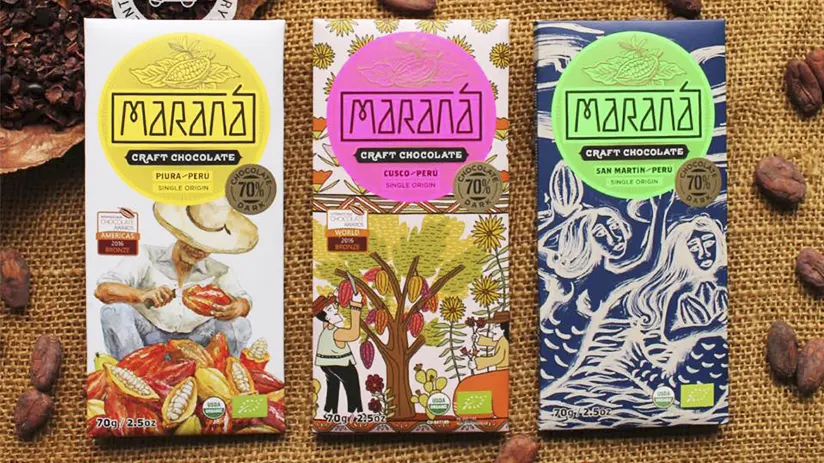
The International Chocolate Awards of 2017 rewarded this chocolate Peruvian company for its quality and flavor. Qualified personnel (Bean to the bar) overview the process of the fine selection of cacao beans. From their fall from trees to the production of their bars. Also, its cacao production lands are located in Cusco, San Martín, and Piura. Which produces organic cacao beans of the highest quality. The company has four types of chocolate: 80% Dark, 70% Dark, 60% Dark, and 50% dark combined with 50% Milk.
C. Magia Piura (Piura magic)
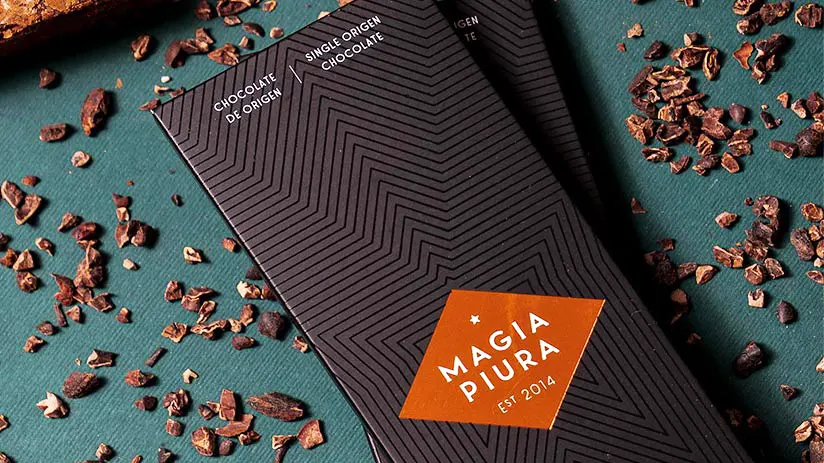
This brand is exclusive to Piura (A northern city in Peru). The nationally recognized company produces quality bars of cacao from beans grown in its farms of Morropon-Piura. Also, the company diversified its products to panettone, truffles with different flavors, and even craft beer. The flavor of its chocolate bars is intense with floral and fruity notes (with plum mango crystals) or lucuma powder. It is perfectly combined with Peruvian desserts. Nowadays, its products are offered in two world-recognized restaurants, Central (Peru) and Celler de Can Roca (Spain). They offer bars with 35% chocolate. Ideal for people who want to try Piura cacao with a dairy balance, and more intense cacao bars with 55% and 72% of pure chocolate.
D. Elemento
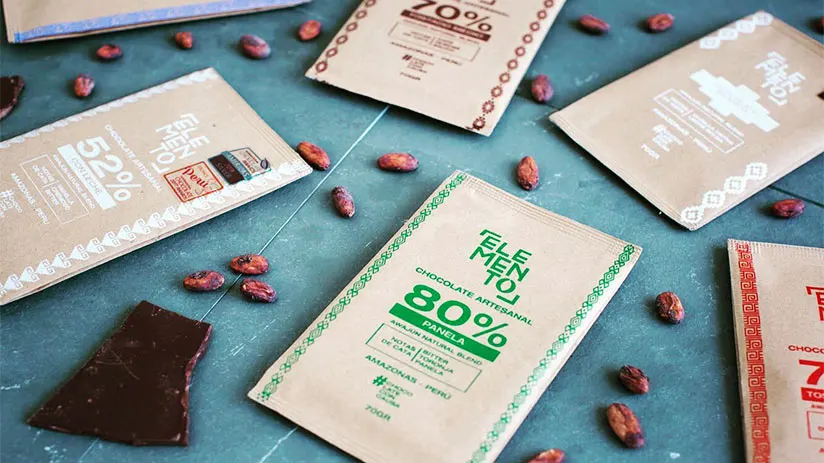
This chocolate Peruvian company was founded by Lorenzo Llosa and José Visconti. Two cacao enthusiasts who researched the cacao production. In addition, they researched Cacao beans, their benefits, and the best season of growing by three years. The result is Elemento, a chocolate bar produced with organic and craft beans grown only in the Peruvian jungle. Nowadays, they work with Awajún Amazon communities, close to the Marañon River, developing the best form to cultivate cacao beans.
They have four chocolate presentations: 70% intensely roasted artisanal chocolate (fruity flavor with notes of honey and wood), 70% lightly roasted artisanal chocolate (fruity flavor with floral and herbal notes), 70% medium roasted artisanal chocolate (fruity flavor with notes of coffee and nuts), and 52% artisanal milk chocolate.
E. Dreams of Eva
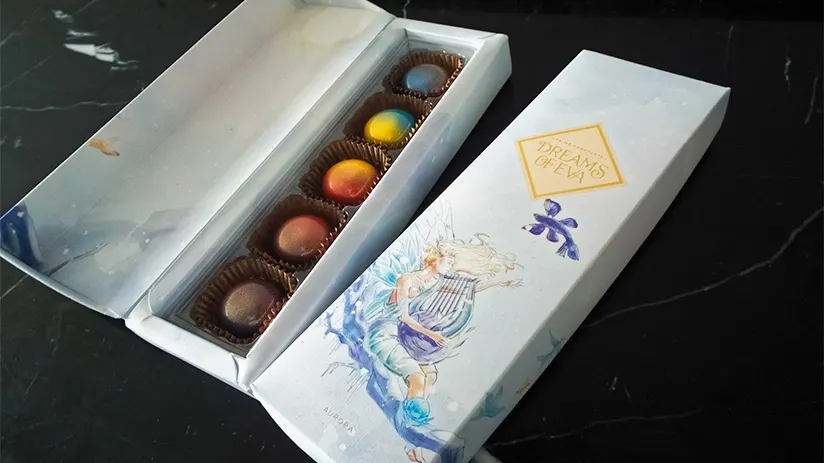
Dreams of Eva may be the most recognized Peruvian Chocolate brand abroad in Peru. The company has more than 20 international awards. And now it is recognized as one of the best chocolate hottie companies around the world. They work with Cusco, Piura, San Martín, Cajamarca, and Amazonas cacao beans. All these are combined with burgundy grape, pisco, yellow pepper, ginger, lucuma, banana, and even broad beans. The brand has three types of presentations:
- “Aurora Collection” consists of 5 fine chocolates: Copoazu & Blueberries, Pineapple & Black Pepper, Pomegranate.
- “IPA Collection”, Raspberry, Asaí & Ají Panca, and Blackberry & Wasabi.
- The “Orígenes Collection” is perfect for a gift, since it has chocolates from five cacao-growing areas of Peru.
F. La Cholita chocolate shop
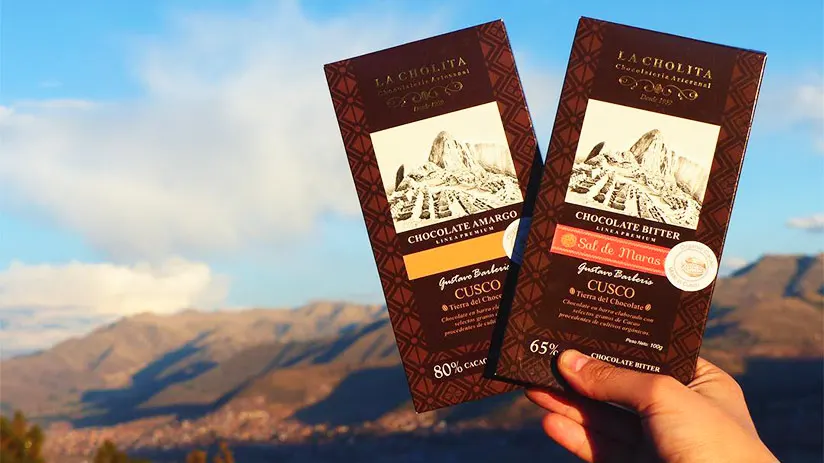
La Cholita (Peruvian affectionate name to women) is a traditional Cusquenean company with more than 63 years of experience making quality chocolates and their derivatives. Even, they had the support from expert chocolatiers from Germany and Switzerland, winning the prestigious national award “Inca Dorado Awards 2018” as the best Peruvian chocolate. They have a variety of presentations; bars, hotties, chocotejas, truffles, and even sculptures in Chocolate. You can find them in a stand on the second floor of the same Cusco airport and at the Real Plaza Commercial Center, in the Wanchaq district.
Chocomuseo
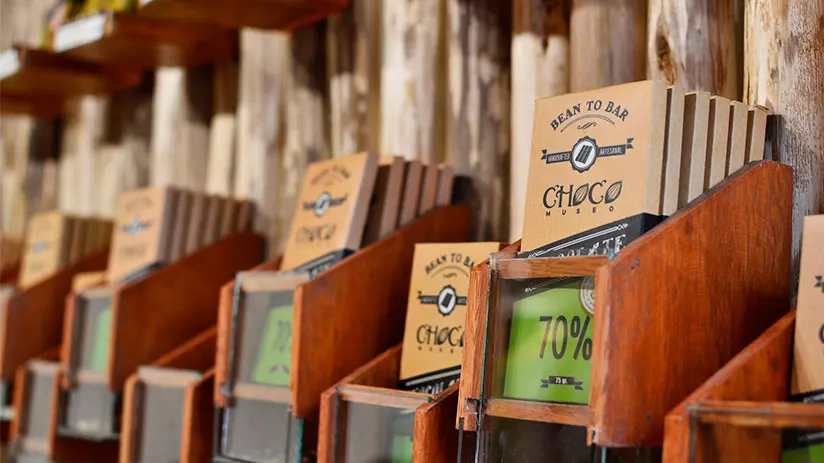
Chocomuseo is an international organization that promotes and helps regional cacao producers to improve and make known its chocolate beans. They work in 4 different countries, Guatemala, Nicaragua, Mexico, and Peru. In the last country, Cusco hosts its main office, located in Plaza Regocijo. Chocomuseo must be the first stop for chocolate lovers in Cusco. At Chocomuseo, you learn about cacao seeds and the process of grinding them into a flavorful paste, and you can even make a take-home Chocolate bar for later.
At Chocomuseo, you can take classes in chocolate sculpting, cupcake making, and truffle filling, to name a few workshops. The Museum has a cafeteria that offers a menu full of brownies, buns, and fondues that can be eaten with Mayan-style hot chocolate or Peruvian coffee. Its stands offer Chocolate locally grown and as they say at the Chocomuseo, the chocolate comes with twice the flavor and half the guilt.
Workshops
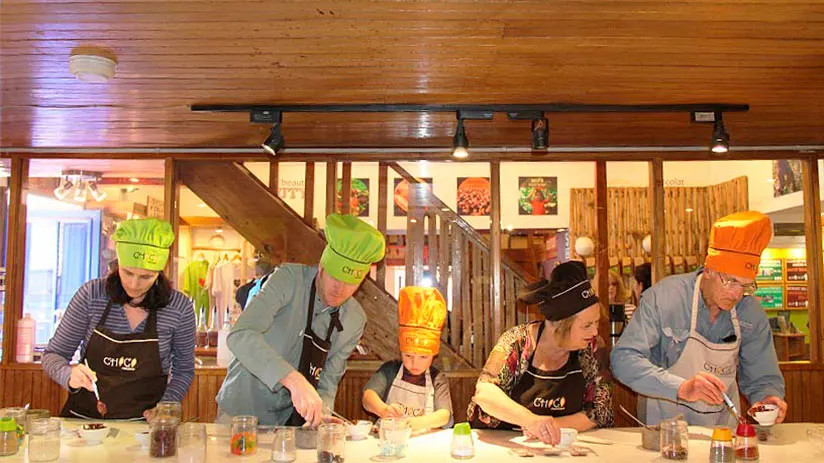
- Bean to Bar Workshop: This is an informative workshop where you will see the entire making-off process that Chocolate has, from the cacao beans collected from trees in the Peruvian Amazon to the chocolate presentations in the worldwide markets, bars, truffles, hotties inter alia. Also, some workshops include hands-on activities to make your own chocolate hottie. Places like Chocomuseo or Cacaotal in Barranco-Lima offer this kind of workshop.
- Tasting Chocolate: You will have the possibility of tasting a great variety of chocolate, not only in bars but also in liqueurs, butter, jams, and even dishes made from chocolate. The majority of Peruvian restaurants of five-forks offer this experience besides Chocomuseo.
- Cacao farm routes: The best Chocolate routes are located in the middle of the Amazon. And, many Amazon resorts and lodges offer a visit to these cacao plantations where you will talk with the same farmer, see the lands with the appreciative cacao tree, and even eat the seeds from the same pod. You can hire some of these workshops in Chocomuseo in Cusco. This museum offers this type of tour in the surrounding lands of the region, where local farmers cultivate cacao beans.
- Chocolate, Ceramic, Truffles, and Pisco Workshop: Happily, in Peru, we have an infinite type of workshops, since ones that offer ceramics, even sculptures on the base of chocolate, passed by other ones that help you to make tasty truffles and chocolate hotties, until last ones that teach you how to make delicious drinks on the base of Peruvian chocolate liqueur.
Eco responsabilty
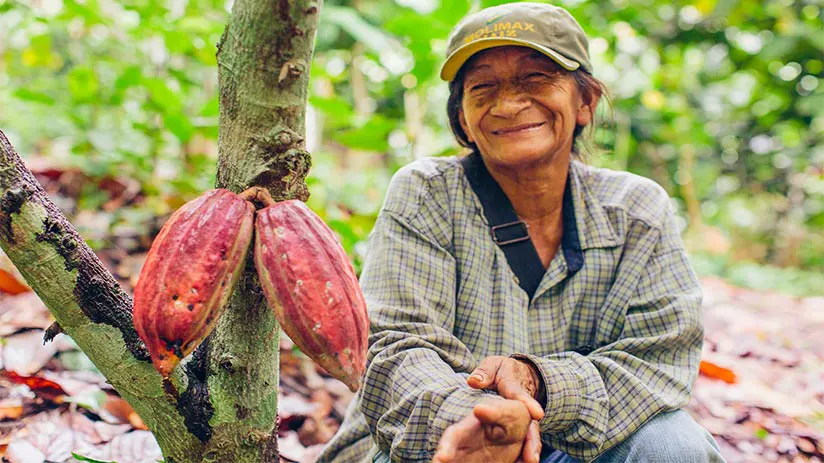
Nowadays, more and more chocolate companies, restaurants, and exporters have a Social Responsibility to the cacao cultivate lands owners because they prefer organic and natural beans to someone grown with chemicals and fertilizers. Although there is no government control office to regulate this kind of agreement between the exporters and the producers, many ONGs (Non-governmental organizations) ensure that Peruvian producers obtain a fair price for their crops, in this case, their cacao beans, like Fairtrade International, the most known.
Therefore, you can be good and calm at the moment to taste the delicious chocolate! Because you are contributing to fair trade within Peru.
“THERE IS NOTHING BETTER THAN A FRIEND UNLESS IT IS A FRIEND WITH CHOCOLATE”
As you can see, Peruvian Chocolate is a delicacy that you cannot miss on your trip to Peru. The distinguished cacao beans and their different processing techniques are unique. You will be able to try a unique variant in the middle of South America. And if you can, also try the wonderful coffee from Peru. Both will leave you wanting more. Together with Machu Travel Peru, we hope we have been of help. If you want to know more about this wonderful country and its different ingredients, you can consult with our team of advisors. We will be waiting for your soon visit!